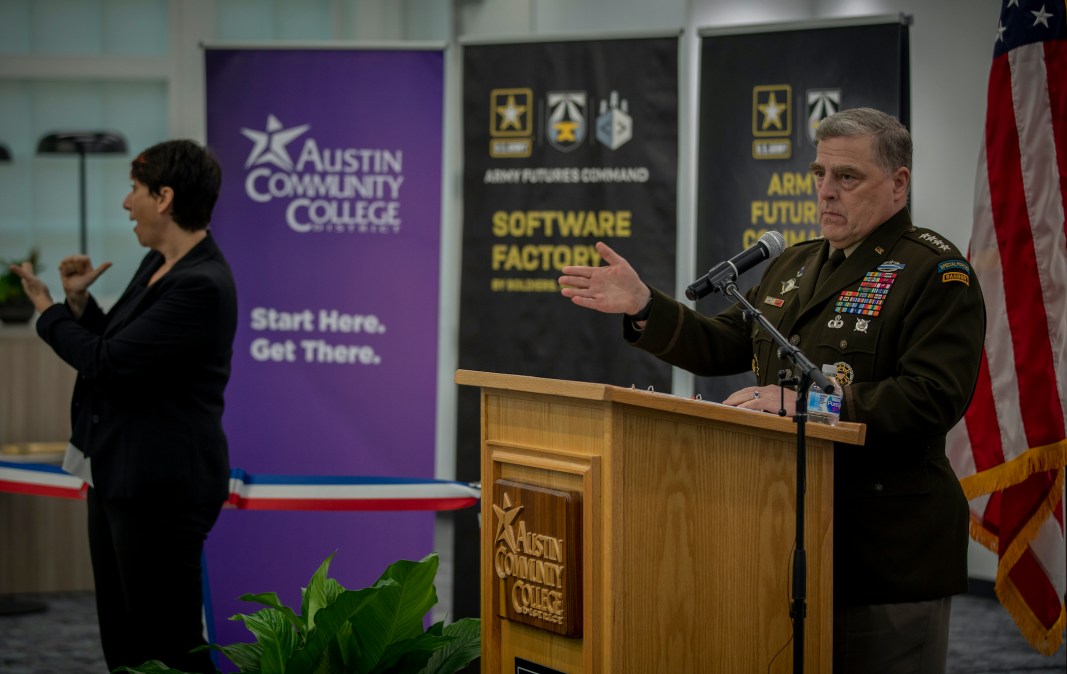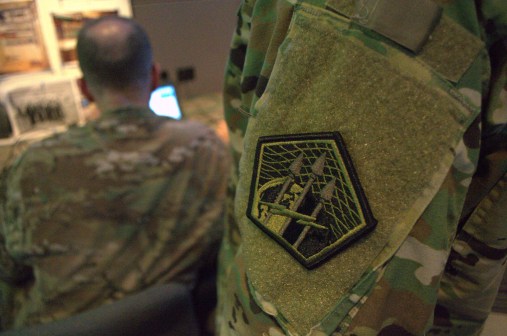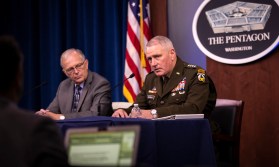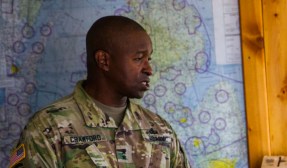The Army’s first software factory fully up and running

The Army took another step toward getting more code-savvy soldiers in its ranks by embedding its first cohort of developers at its software factory located at the Austin Community College.
The factory will help produce both new applications for Army usage and train soldier-coders to find ways to enhance operations through technology. The software factory’s office space opened in mid-April and is located near the headquarters of Army Futures Command, which houses the factory.
Before the physical location opened, the first cohort started work remotely in December.
The Army recently issued an other transaction agreement contract to VMware to help set up the office, according to a service spokesperson. The factory is intended to eventually be self-sustaining without the need for contractor support.
“This is the first time that we have a soldier-led [software] factory,” said Army Gen. Mark Milley, chairman of the Joint Chiefs of Staff. “Now some of the services, Army, Navy, Air Force, Marines, have little software factories and little incubators, but none have been organized, led and driven primarily by troops, by soldiers.” Milley was referring to other military services’ similar factories and software acquisition-focused units, like the Air Force’s Kessel Run.
Milley was joined by Gen. John Murray, commander of Army Futures Command, and other leaders in Austin for a ribbon-cutting ceremony for the new office space.
“It has everything to do with modernization, seeing the future and being able to prevent a great power war,” Milley said of both the factory and the broader push across the Army to use tech more. “It’s to prevent great power war. It’s to maintain great power peace. It’s to maintain cutting-edge and overmatch against any potential adversary.”
Leaders across the Army have said they want the service to transform from the “Industrial Age” to the “information age” and using software is a key part of that. Similarly, under another modernization mission, Project Convergence, the Army has relied on getting code-savvy soldiers in the field to connect weapons systems to increase their targeting speed.




